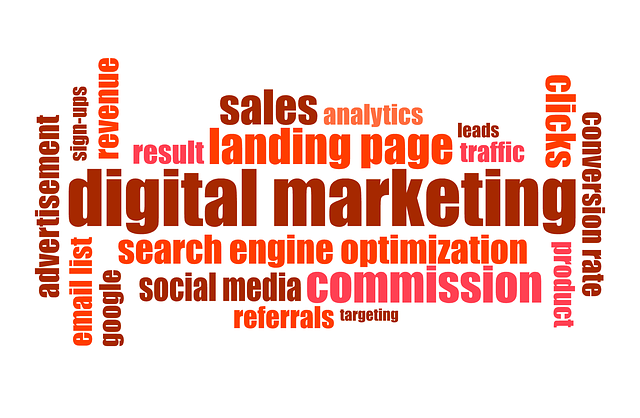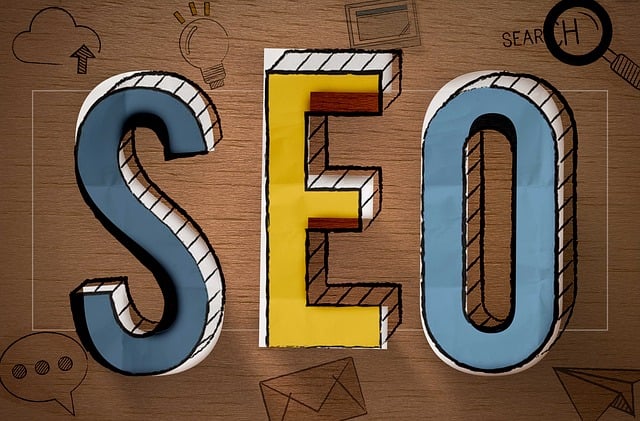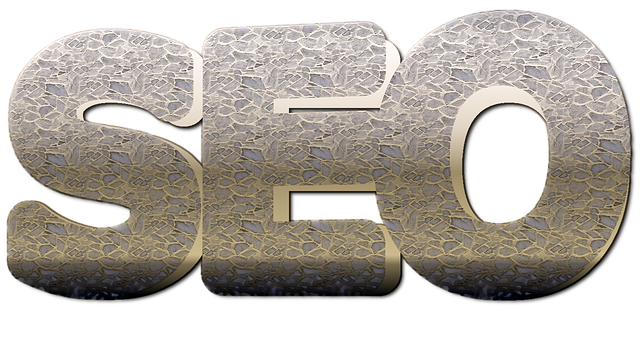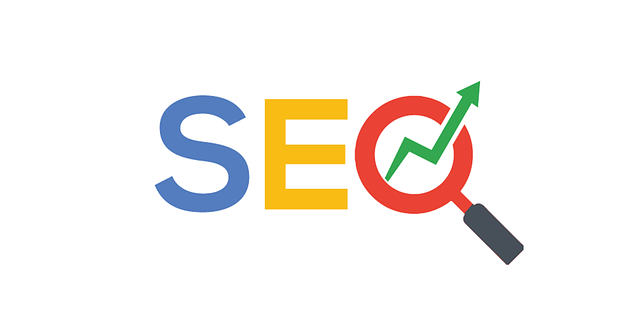This section examines the critical role of digital marketing and SEO as core components of contemporary business strategies, emphasizing their effectiveness in increasing online visibility, engagement, and business growth. It discusses the integration of these elements with the latest trends, techniques, and tools for optimizing search engine rankings and crafting targeted digital campaigns that align with audience demographics. The narrative highlights the significance of data analytics in refining marketing strategies and measuring their impact, advocating for a data-driven approach to achieving marketing objectives. It further explores how digital marketing encompasses various strategies such as email campaigns, SEO, and PPC advertising, with SEO being particularly pivotal for enhancing website content to achieve higher rankings in search engine results pages (SERPs). The text also covers the expansion of digital marketing into full-stack marketing, which includes managing a company's complete online presence, overseeing front-end development, UX optimization, and synchronizing all elements for an optimal user experience. Full-stack marketers leverage advanced technologies and data analytics to refine strategies and target consumers effectively across multiple channels, aiming to influence every stage of the customer journey for maximum marketing impact and ROI. The section concludes by underscoring the importance of a holistic approach to digital marketing that integrates various channels, transcending siloed strategies to create cohesive, consistent campaigns that enhance user experience and optimize conversions. Full-stack marketing's comprehensive nature, with SEO as a foundational element, ensures that all marketing efforts align and amplify each other for better performance and success in the digital landscape.
Digital marketing has evolved into a multifaceted discipline that extends beyond traditional online advertising methods. In today’s landscape, both full-stack and traditional digital marketing strategies play pivotal roles in driving business growth. This article delves into the nuances differentiating full-stack digital marketing from its traditional counterpart, shedding light on their individual scopes, core differences, and the integral role of SEO in each. We will explore how integrating various marketing channels can offer a comprehensive approach through full-stack marketing, and evaluate which strategy aligns best with your business objectives. Join us as we navigate the complex world of digital marketing to understand its multilayered strategies and the strategic advantages they present.
- Understanding Full-Stack Digital Marketing: An Overview
- The Scope of Traditional Digital Marketing Strategies
- Comparing Core Differences: Full-Stack vs. Traditional Marketing Approaches
- SEO: A Central Focus in Both Full-Stack and Traditional Digital Marketing
- Integrating Marketing Channels: The Full-Stack Advantage
- Evaluating the Right Strategy for Your Business Needs: Full-Stack vs. Traditional Digital Marketing
Understanding Full-Stack Digital Marketing: An Overview

The Scope of Traditional Digital Marketing Strategies

Traditional digital marketing strategies encompass a range of tactics designed to engage consumers through various online channels. At its core, this form of marketing leverages email campaigns, search engine optimization (SEO), and pay-per-click (PPC) advertising to drive traffic and conversions. SEO is a pivotal component within traditional digital marketing, focusing on optimizing website content to rank higher in search engine results pages (SERPs). By understanding and employing the right keywords, meta tags, and other SEO best practices, marketers can improve their visibility to potential customers actively searching for products or services online. The scope of traditional digital marketing is expansive, including social media marketing, where platforms like Facebook, Twitter, Instagram, and LinkedIn are used to build brand awareness and foster community engagement. Additionally, content marketing plays a crucial role in this ecosystem, with the creation and distribution of valuable, relevant, and consistent content to attract and retain a clearly defined audience, ultimately driving profitable customer action.
In contrast, while SEO remains an integral part of full-stack marketing as well, the latter expands upon the traditional digital marketing foundation by integrating additional layers of technology and data analytics. Full-stack marketers are adept at utilizing web analytics to measure the effectiveness of their strategies and make data-driven decisions. They also manage the full spectrum of a company’s online presence, including front-end development and user experience (UX) optimization. This holistic approach ensures that all elements of a website and its marketing campaigns work cohesively to provide an optimized experience for users, which can lead to higher engagement rates and improved conversion metrics. Full-stack marketers are equipped to handle the entire digital ecosystem, from creating content to building websites and databases, and employing advanced targeting in advertising campaigns. This comprehensive approach allows for a more nuanced understanding of the customer journey and the ability to influence it at every touchpoint.
Comparing Core Differences: Full-Stack vs. Traditional Marketing Approaches

In the realm of digital marketing, the distinction between full-stack and traditional approaches is multifaceted, with each offering unique strategies to engage with audiences and drive business outcomes. Traditional marketing often focuses on a narrow set of channels such as television, radio, print media, and direct mail, relying heavily on mass advertising to reach a broad audience. This approach can include strong branding efforts and is traditionally less data-driven. In contrast, full-stack digital marketing encompasses a comprehensive strategy that integrates various digital platforms, including social media, email marketing, content marketing, SEO, and paid advertising. It leverages data analytics to tailor campaigns to specific segments of the market, optimizing for user experience and search engine optimization (SEO) to improve online visibility. Full-stack marketers use a holistic approach that combines various techniques, from crafting compelling web content to managing sophisticated ad campaigns across multiple channels, ensuring a cohesive and consistent brand message that resonates with both existing and potential customers. The integration of SEO within full-stack marketing is particularly significant as it focuses on understanding user intent and optimizing for search engines, which is crucial for driving organic traffic and maintaining a strong online presence. This results in a more targeted, measurable, and effective approach compared to traditional methods that rely on broader strokes to reach their audience. Understanding the nuances between full-stack and traditional marketing is essential for businesses looking to navigate the complex digital landscape and achieve their marketing goals with precision and efficiency.
SEO: A Central Focus in Both Full-Stack and Traditional Digital Marketing

In both full-stack and traditional digital marketing strategies, Search Engine Optimization (SEO) occupies a central focus due to its critical role in enhancing online visibility. Digital marketing encompasses a broad spectrum of activities aimed at promoting products or services through electronic channels, with SEO being one of the most pivotal components. It involves optimizing website content and structure to improve rankings on search engine results pages (SERPs), thereby increasing organic traffic. Full-stack digital marketers are well-versed in advanced SEO techniques, leveraging their expertise to ensure that all aspects of a digital presence—from user experience to technical performance—are fine-tuned for better search engine recognition and ranking. They understand that SEO is not just about keywords and meta tags; it’s about creating a cohesive and optimized environment where users can easily find and engage with the content provided.
Traditional digital marketing also recognizes the importance of SEO, albeit possibly without the comprehensive scope that full-stack marketers employ. It typically includes search engine optimization as part of its efforts to drive traffic and generate leads or sales. However, while traditional approaches might focus on specific elements of SEO such as keyword research and on-page optimization, full-stack digital marketers take a holistic approach, integrating SEO with other disciplines like content marketing, social media management, and data analysis to create a robust and effective online marketing strategy. This multifaceted perspective ensures that every piece of content serves a dual purpose: it is both informative or engaging for the user and optimized to perform well in search engine rankings, thus driving both user satisfaction and search engine visibility.
Integrating Marketing Channels: The Full-Stack Advantage

In the realm of digital marketing, integrating marketing channels plays a pivotal role in crafting cohesive and effective campaigns. Traditional digital marketing often approaches each channel—such as social media, email marketing, content marketing, and paid ads—in isolation, focusing on individual performance metrics without considering the synergistic potential between them. This siloed approach can lead to suboptimal performance, as each channel may be optimized for a specific goal without regard to how it complements or competes with other channels in the marketing ecosystem.
Conversely, full-stack marketing adopts a more holistic perspective by leveraging the interconnectedness of various digital platforms and touchpoints. By understanding how SEO (Search Engine Optimization) influences user behavior across all channels, full-stack marketers can create a unified strategy that ensures consistency in messaging, branding, and user experience. This approach not only improves campaign effectiveness but also enhances the customer journey by providing a seamless transition from one channel to another. As a result, full-stack marketing offers a more nuanced and data-driven methodology, which can lead to better resource allocation, more targeted campaigns, and ultimately, a higher return on investment. With the integration of channels, full-stack marketers ensure that every interaction with a potential customer is optimized for conversion, making full-stack marketing a comprehensive solution in the digital landscape.
Evaluating the Right Strategy for Your Business Needs: Full-Stack vs. Traditional Digital Marketing

In wrapping up our exploration of the digital marketing landscape, it’s evident that both full-stack and traditional digital marketing serve pivotal roles in an organization’s online presence. While traditional digital marketing strategies lay a solid foundation with a focus on distinct channels, full-stack digital marketing offers a comprehensive approach that integrates multiple facets of online engagement. SEO remains a common thread in the success of both methodologies, underscoring its importance in driving visibility and traffic. Ultimately, businesses must carefully assess their objectives, resources, and target audience to determine which strategy—full-stack or traditional digital marketing—aligns most closely with their specific needs and goals within the competitive digital domain.
